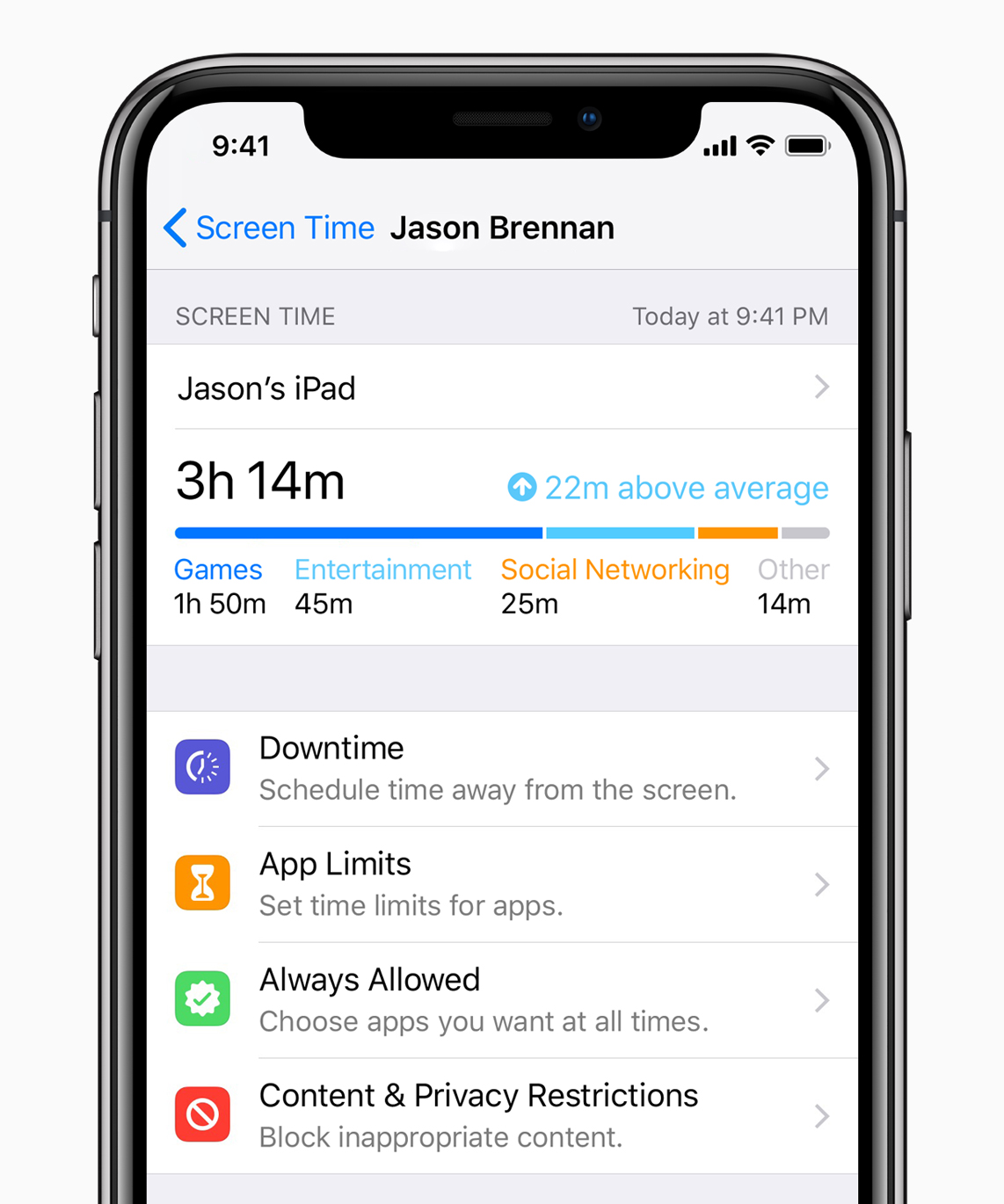At today’s Worldwide Developers Conference, Apple introduced a host of new features, from Memoji to group FaceTime. But one set of tools in particular has caught our eye here at Thrive Global. Below, we’ve highlighted the top three new Apple OS updates designed specifically to shift the balance of power from the mobile screen back to the user. As Thrive Global CEO Arianna Huffington writes, that shift is nothing short of a cultural transformation. “Because as we set boundaries with technology, we’ll get back more of our time, which we can then invest in what matters most—our loved ones, ourselves, meaningful work, causes we believe in and the things that bring us joy.”
If you’re the type of person who lives and dies by your vibrating, dinging, chiming alerts; who sleeps next to her phone “because it’s your alarm clock” (but secretly because being away from your phone for eight hours sends chills down your spine); or who struggles with the art of unplugging, even though you know how much it improves your life and relationships, the changes Apple will introduce in this September’s OS update are game-changers.
Read on for an excerpt from Huffington’s “First Look at WWDC 2018: Today Apple Goes from Think Different to Live Different” to see the features you won’t want to miss.
- Notifications are much more manageable and in your control.
The Do Not Disturb feature, around since 2012, has been effectively put on steroids so that you now have the ability to control all the iPhones and iPads on your account with one touch and block all notifications, calls and texts except for those from your VIP list. And now you can sync Do Not Disturb with your calendar, geolocate it, or simply schedule it for any time you want.
And when you block notifications, you can choose whether to send them to the notification center, so instead of being interrupted and distracted from what you are doing, you can go through them in your own time and assign different levels of urgency to different categories.
2. Screen Time usage data nudges you to use your devices intentionally rather than mindlessly.
Then there’s “Screen Time,” a dashboard that breaks your usage down into categories (social media, games, email, etc.) and even tells you how many times you’ve physically picked up your phone. (If you use Bedtime to set yourself an alarm to go to bed, it will tell you how many times you use your phone after your bedtime!) You can access this dashboard at any time, but it will also give you weekly reports. And since knowledge is power, Screen Time lets you use all this information to set limits on how much time you want to devote to particular apps. When you hit your limit, you’ll get a message, which you can act on or ignore.
3. There’s also a new feature for parents, in recognition of the growing challenge parents face in a world where our children are leading hyper-connected lives. You can now turn on a setting in your children’s phones that will give you the ability to monitor their usage from your phone. This data can be a starting point for talking to your child about having a healthy relationship with technology – instead of a vicious cycle of speculation, accusations, and denials. Parents who want to go one step further can use the new Downtime feature, which will allow them to lock their child’s phone completely for set periods of time (after Bedtime, for instance), allowing access only to certain functions, like the calculator, clock and calls to important numbers.
With these boundary-setting features, unplugging and recharging will be a little bit easier. But more than that, today’s announcement has potential to accelerate the shift from a world that values constant connectivity to one in which we use technology to enrich our lives, not just consume them.
For more on the power and impact of Apple’s announcement, read “First Look at WWDC 2018: Today Apple Goes from Think Different to Live Different” here.
Photo Credit: Courtesy of Apple


